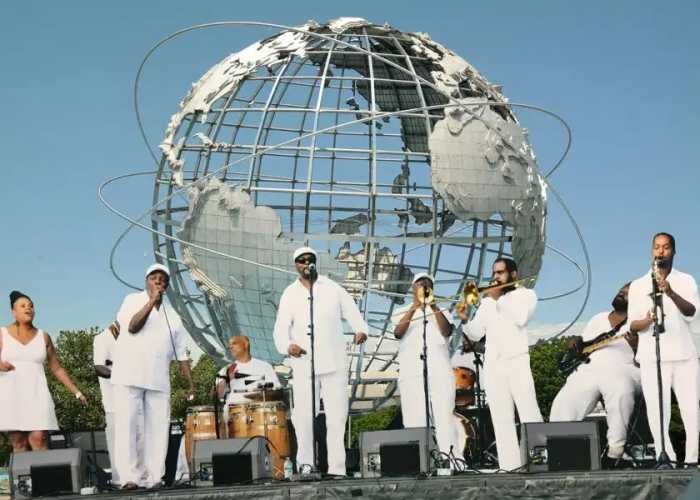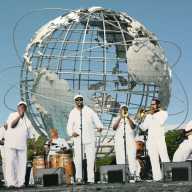By Herbert Goldstone
If a friend who owns a cabin cruiser invites you out for a jaunt on the Long Island Sound some day before the summer’s over, I can guarantee you’ll be surprised at how much sea-going traffic there is out there.
You’ll see every kind of power craft from what looks like a tiny rowboat with an outboard motor hanging over the stern to a motor yacht that looks big enough to cross an ocean, the kind with a few staterooms, a dining galley, a couple of heads — bathrooms to landlubbers — and a proud captain handling the controls from a small bridge up on top. It may even have a couple of small boats hanging from davits on the stern (or sides), like lifeboats on an ocean liner.
You can be sure of two things. The boat cost a ton of money to build and maintain and its wake will make all the smaller craft that cross its path bounce around as it goes by.
But you’ll see something else that I always loved to see, sailboats of all sizes, from the little one-person Sunfish, little more than a surfboard with small mast and single sail, to large day-sailers under a really dramatic spread of canvas, like big white wings.
If a racing class of sailboats is anywhere in the vicinity, you’ll see a bunch of them, all the same model, scooting along if there’s any kind of wind, with big numbers on the main sail and, if the wind is directly in back of them, big round colorful spinnakers of all color patterns.
You’ll see the sailboats heeling sharply, depending on the wind direction with crew and passengers sitting up on the high side with the low side almost in the water.
Sailing is great fun, believe me. Something like 30 years ago I was the one-man crew on a Rhodes 19, a 19-foot fiberglass sailboat with a mast, mainsail and jib and a spinnaker, owned by a friend of mine, George, who was an expert sailor.
We sailed out of Port Washington Harbor every Saturday, Sunday and holidays from about May to September on a course hat took us out into the Sound hitting turning points like City Island and Execution Rock — not as scary as it sounds — and back across a line marked by two flags on buoys at the harbor entrance.
The boat was moored out in the Harbor and a launch took us out and back. We’d sail out to the committee boat, which had a panel with numbers for each class of boats telling them what course to sail and whether to go round the marker buoys on the port (left) or starboard (right) side.
It was red for port turns, green for starboard, the same colors used to mark channels for freighters and liners coming into a harbor.
We even won a couple of races and got a big kick out of hearing the gun go off on the committee boat as we crossed the line first. No, they weren’t shooting at us. And our names were in the Times sports section the next day.
It was my job to handle the jib, the small sail up front, switching it from one side to the other depending on the wind direction and in a following wind, I handled the tiller and steered while George worked up front with the spinnaker.
We had a little adventure once when George was on the small deck up front doing something with one of the lines bracing the mast and fell overboard. He grabbed my arm as I sailed by and pulled himself back into the boat — it was named Dotty I after his wife, by the way — and he almost pulled my arm off doing it.
We also got caught in some heavy rainstorms once in a while and had to pull the sails down and wait it out. We went out once or twice when the wind was very strong and it was all we could do to handle the boat.
Once my son came along and was sitting up on the starboard rail while I handled the tiller. The wind veered suddenly and the aluminum boom holding the mainsail swung sharply before I could do anything and it hit him in the head, cutting it. The Long Island Sound could drive you crazy. No matter how strong the wind was when you started out in the morning, it always died out in the afternoon and you could do nothing but drift around and wait till it started up again.
Take my word for it, there is nothing as useless as a sailboat with no wind.
We had a small outboard motor we could use to get back in an emergency, but that disqualified you from the race.
George and I used to talk about sailing around the world on the Dotty I. We never got around to it, though.
The other night, I was watching a video of my all-time favorite movie, “Mutiny on the Bounty,” and there are some scenes where sailors in the British navy back in the 1700’s had to climb those masts and handle big sails in the middle of a violent storm.
I don’t think I’d have cared much for that kind of sailing.





































